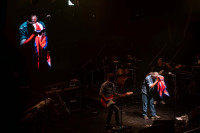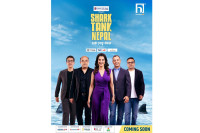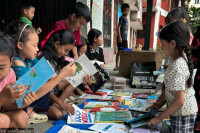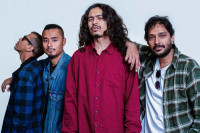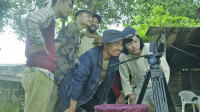Entertainment
The skilful storyteller
Buddhisagar, author of Karnali Blues and the recently released Firfire, always wanted to be a writer.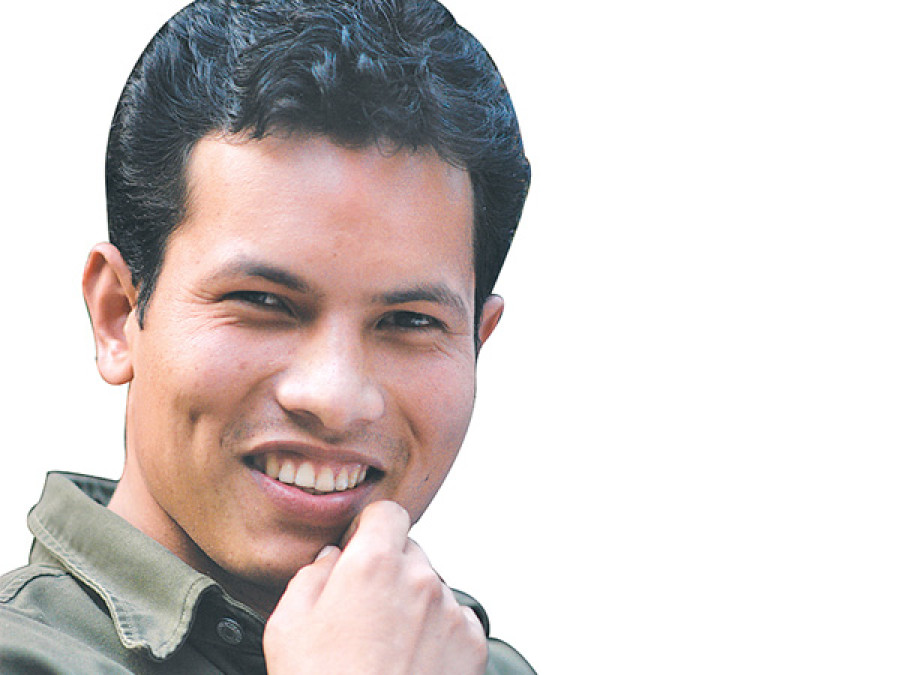
Buddhisagar, author of Karnali Blues and the recently released Firfire, always wanted to be a writer. A student of English literature and journalism, the author gave up his career as a journalist to pursue dreams of becoming a full-fledged writer. In an interview with the Post’s Marissa Taylor, he shares his childhood stories and his love for weaving tales of them. Excerpts:
How did the idea to write Firfire come about?
Firfire is basically a book about friendship. I have written a story of two childhood friends, who grew up together in a period of 13 years, from 2040 BS to 2053 BS, and of the society they live in. The influence of superstitions in the lives of people then and the situation of women and childhood in society and the violence inflicted on them are highlighted in my book.
I had actually started with the idea of portraying the innocence of childhood friendships, which are not influenced by envy and hate. In the process of writing, I took up portraying the functionality of Nepali society. It is basically a piece of fiction with a social message.
You were recently on a book tour, a first of its kind in Nepal, in the Eastern region of Nepal. How did it go?
We planned the book tour because the book was received quite well. About 80 percent of the responses were positive. Firfire deals with issues that are
still prevalent in our society and that is making our tour successful in spreading the message of the book. We just came back from the East and will be heading to Nepalgunj, Butwal, Dhangadi and Dang in a week or so.
Both your novels, Karnali Blues and Firfire, are based in Far West. Can you tell us why?
The contexts of my stories have always revolved around the places I have grown up in. Some parts of Karnali Blues were based on the Far Western district of Kailali, and some on Kalikot. In Firfire, I have plotted my stories around fictional areas in Nepalgunj.
When I was in school, I used to read Taranath Sharma’s work a lot. I particularly loved Ghanaghasya Ko Ukalo Chadda, and I was enchanted by his description of Doti and the use of dialect that we grew up speaking. There was a certain sentiment and a connection attached to it. I think, as a writer, it is natural for you to associate with places that matter most to you. The places I grew up in were a huge part of my life and I express my longing for those places through my work.
So, the writer in you were was born when you were a little kid. When did the dream actually start taking shape?
I used to read a lot when I was a kid. We used to get Hindi comics and mystery novels to our school and I would love to read them. Then when I was in class six or seven, I started writing poems and sent them to Radio Nepal. More than a thousand poems of mine have been aired on Radio Nepal. And by the time I passed SLC, I knew I wanted to be a writer. It was what I wanted to do.
Also, I was born and brought up in Kailali until class seven. We then moved to Kalikot because of my father’s work. I had to leave all my friends
and start afresh, and that made me a little introverted. In Kalikot, writing was my only form of entertainment and my solace. That I think shaped the writer in me.
Which writers have inspired you the most?
I really admire VS Naipaul and Orhan Pamuk’s work. Their attention to details is just wonderful to read as I also try to incorporate the same in my work. I also read Haruki Murakami a lot. His writing is quite different from mine and that stimulates my mind. As for Nepali writers, I like Dhanus Chandra Gotame and Nayan Raj Pandey’s works, among others.
Any book/s you would recommend to our readers?
The Good Earth, by Pearl S Buck. Snow, by Orhan Pamuk. As for Nepali books, I love Gham Ka Paila, by Dhanus Chandra Gotame.
What are you currently reading?
Currently I am reading A Brief History of Seven Killings, by Marlon James.
Do you have a favourite genre?
I have to say I am more inclined towards fiction. I read fiction for pleasure and nonfiction mostly to gain in-depth knowledge. For example, by reading Maximum City, by Suketu Mehta, I gained a wonderful insight of the city of Mumbai and enjoyed it immensely. I also like Babu Ram Acharya’s books.
How do you think the Nepali literary scene is developing?
The last decade or so has seen a drastic change in the Nepali literary scene. Nowadays books are printed at a much larger scale. In the 60s only
a limited number, of a 1,000 copies, would be printed but now the numbers have increased immensely. Karnali Blues came out with 5,000 copies, and Firfire has come out with 25,000 copies. The readership has increased a lot.
Any advice for upcoming writers?
You have to just keep writing. You have to be disciplined and follow a strict timetable where you separate some time each day to write. Whether you write a page, a paragraph, a line or even just your name multiple times, it doesn’t matter: just keep writing.




 8.12°C Kathmandu
8.12°C Kathmandu